If you’re a casual wine drinker, you may be sleeping on orange wine. To get you up to speed, no oranges go into producing this wine. (It’s an actual question the vino experts get). Also, orange wine isn’t technically it’s own type of wine; it’s a color of wine, and its hue can range from pale yellow to copper to highlighter orange.
The orange hues in these wines are achieved by leaving the skins of white wine grapes to soak and ferment with the juice. Basically, it’s a white wine that’s made like a red. Not only does this lend red characteristics to white wines (think more tannins and a bigger body), but the unique process can yield wild vinos, even ones that taste like sour, earthy beers.
You may also hear orange wine referred to as a skin-contact white wine. A general rule to remember: The longer the skin contact, the bigger the body.
These skin-contact whites can stretch wine into some novel, unexpected flavors, says master sommelier Morgan Harris, the branding and marketing manager at communications firm OMvino.
“The savory aromatics are the most unique part,” says Harris, who heads OMvino’s Affiliate Sommelier Program, a remote workforce of former restaurant professionals available for hire for digital events. You might pick up on white and green tea, pine needles or sap, as well as sherry vinegar, he says.
While orange wines have become buzzy in recent years, showing up on natural wine menus and in wine shops, they’re an ancient variety of wine.
“The cradle of this style of wines is undoubtedly the country of Georgia, which has an ancient tradition of producing skin-contact whites in large amphora-like vessels, which is still practiced today,” Harris says.
Is your interest piqued on orange wines? Here are five bottles experts recommend trying.
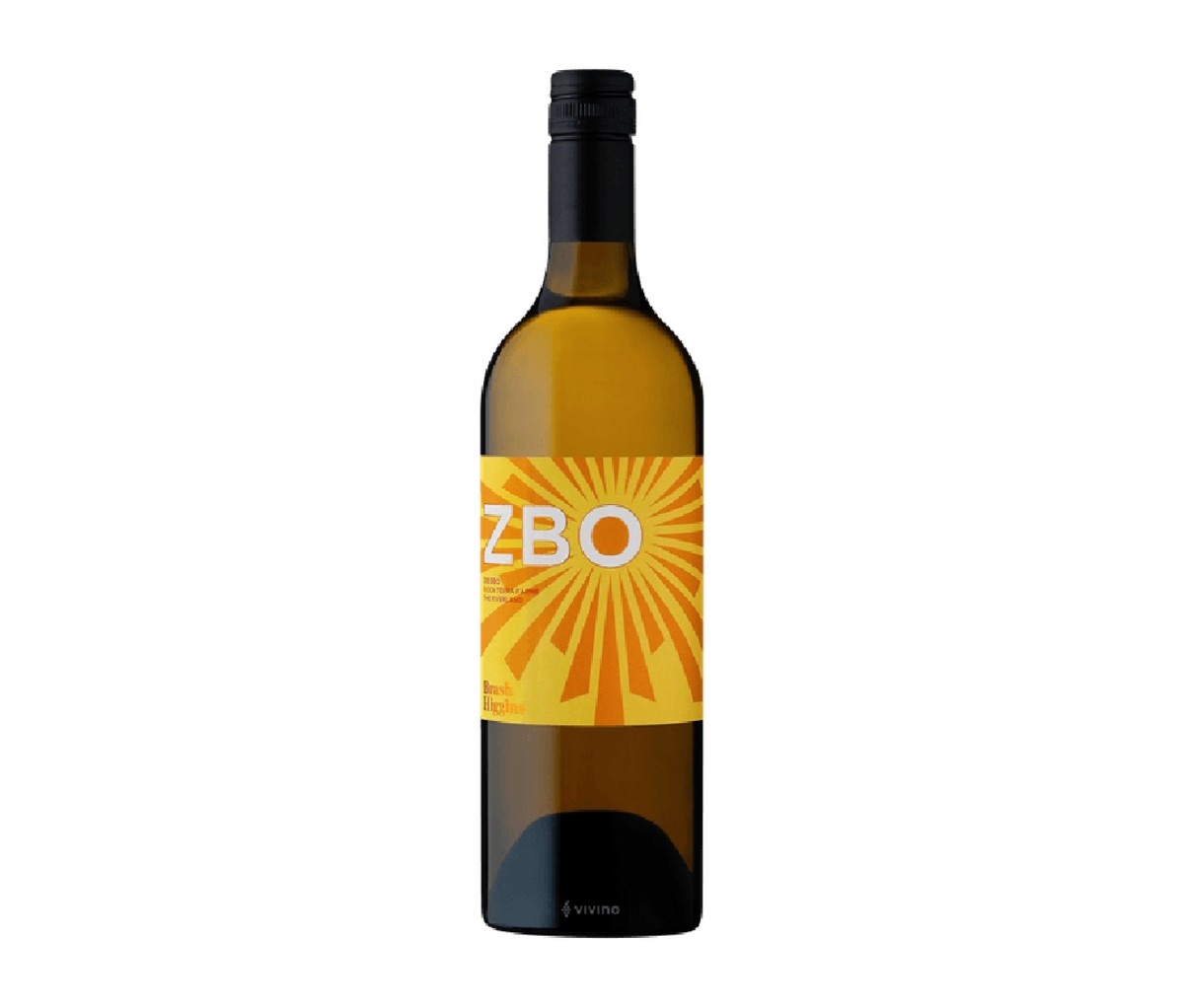
1. Brash Higgins ZBO Ricca Terra Farms Zibibbo
Orange wine, somewhat unfairly, gets cast as “hard to pair,” says Gary Schueller, a wine buyer, consultant and founder of Subterranean, an advisory practice that works at the intersection of wine, food, sports, culture, and social impact. This Brash Higgins ZBO bottle, though, is a phenomenal example of an orange wine that’s versatile, and it partners well with a variety of dishes, including curries, Korean barbecue, fried fish, roast pork, and more, Schueller says. Aged in clay amphora and spending 180 days on its skins, the orange wine comes from Australia’s McLaren Vale region, where Italian and Mediterranean varieties have thrived for generations. As a result, it has an intense nose that jumps out of the glass. “It reminds me of spring and early summer time with lots of white floral notes, apricot, chamomile, honey, white pepper, ginger, baking spices—there’s so much going on,” Schueller says. (For those more familiar with beer, close your eyes and you could be just as easily smelling a Belgian white Ale). But the nose is deceptive: This orange wine, Schueller says, is completely dry on the palate. The ZBO retains its fruitiness and freshness, which makes it a perfect orange wine for beginners. As for tasting notes? Schueller says he picks up a burst of tangerine zest, nectarine, lemon oil, and baked pears.
[$44; vivino.com]
Get it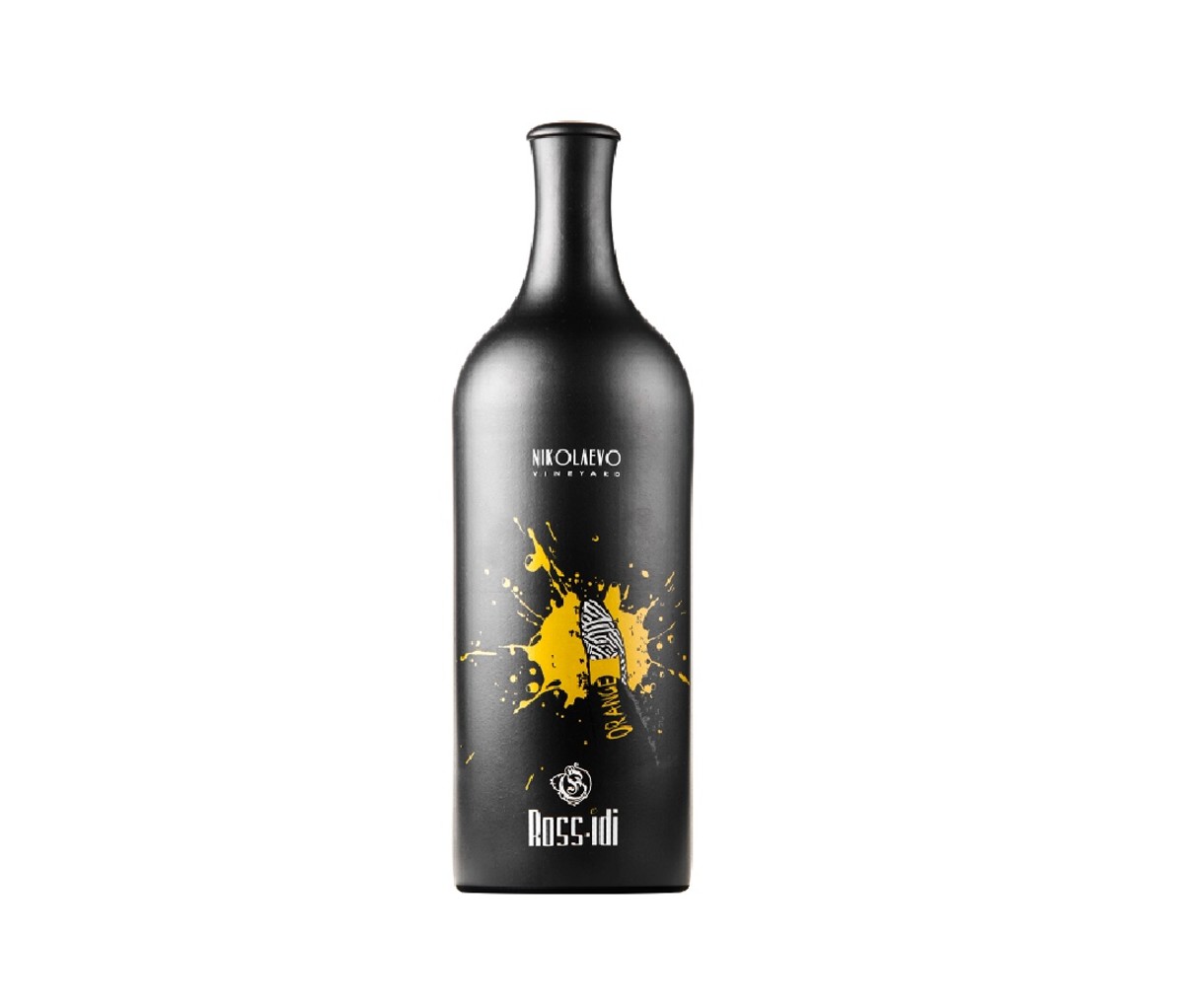
2. Rossidi ‘Orange’ Skin-Contact Gewurztraminer
Stored in a clay bottle, this orange wine from Kristova Family Partners has a balanced body that’s both creamy and bright. “On the nose, this wine is a bouquet of sweet pineapple, orange blossom, and freshly popped corn with secondary notes of harvest’s end—dried grass, hay, and raw walnuts,” says Mikayla Avedisian-Cohen, a sommelier and events and private clients manager at OMvino.
[$32; kristovafamilypartners.com.com]
Get it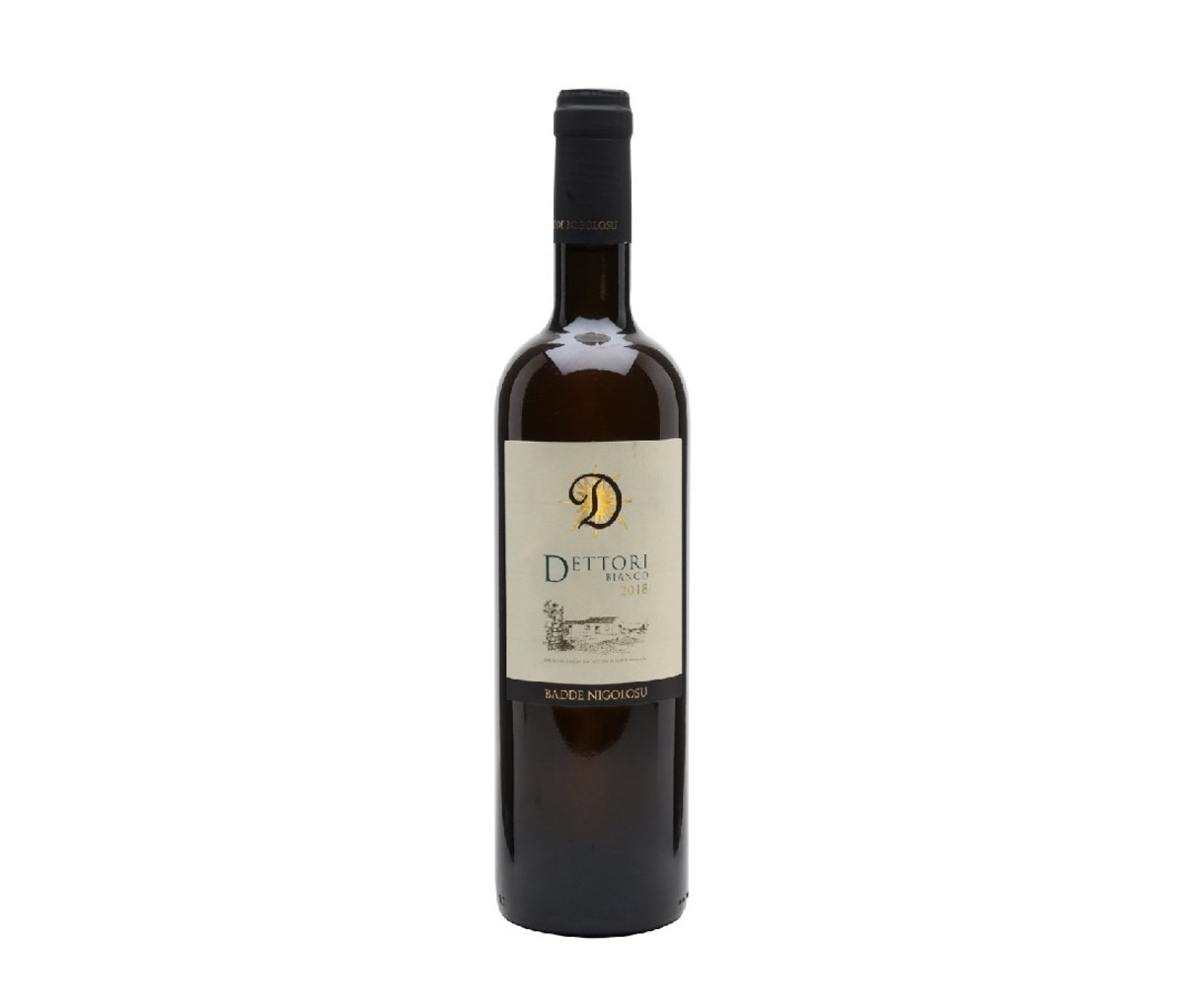
3. Tenute Dettori Bianco Romangia 2018
This biodynamic wine is made with Vermentino grapes and comes from the northern side of the Italian island of Sardinia, says Andrea Salaris, head sommelier with Angelini Osteria. The winemakers’ vineyards face the Mediterranean Sea and the breeze keeps the vines free of pests, says Salaris, who’s from the region. “This allows them to work without pesticides and keeps the wine as natural as possible,” she says. “After harvesting, they macerate the grapes with the skins for five to seven days, which yields the orange color.” They then transfer the juice to cement vats for a couple of years. “This wine is made with indigenous yeast that leaves a strong acidity and higher alcohol content, making it a structured final product. It has notes of dried fruit cloves and Mediterranean herbs with a powerful acidity that can cut through fat fish and white meats.”
[$29; thewhiskeyexchange.com]
Get it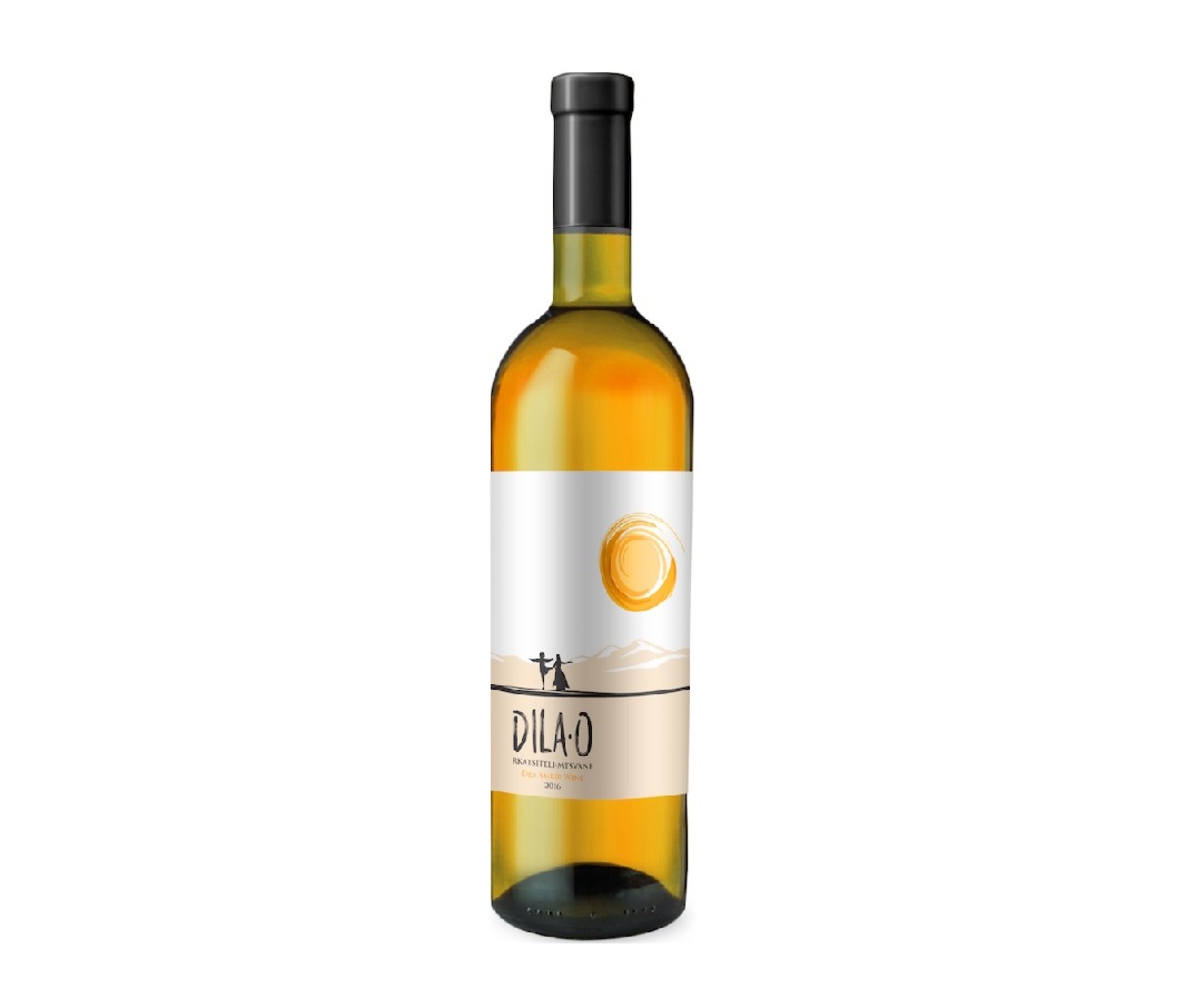
4. Dila-O Rkatsiteli Mtsvane 2019
“Orange wines can be made everywhere, but Georgia has a special place in my heart because of how it’s made there,” says Scott Carney, master sommelier and dean of Wine Studies at the Institute of Culinary Education. Their tradition of fermenting wine in clay vessels, or qvevri, buried in the ground dates back some 8,000 years, he says. (With archeological digs going on with some regularity, the claim for the ‘oldest’ recognized wine-growing country has bounced back between Armenia and Georgia, with Georgia currently enjoying that recognition). The 2019 Dila-O Rkatsiteli-Mtsvane orange wine is made with two local grapes, Rkatsiteli and Mtsvane, and is fermented and aged in an underground qvevri. “I find notes of fruit and flowers,” Carney says. “I can’t help but think of cantaloupe.”
[$17; astorwines.com]
Get it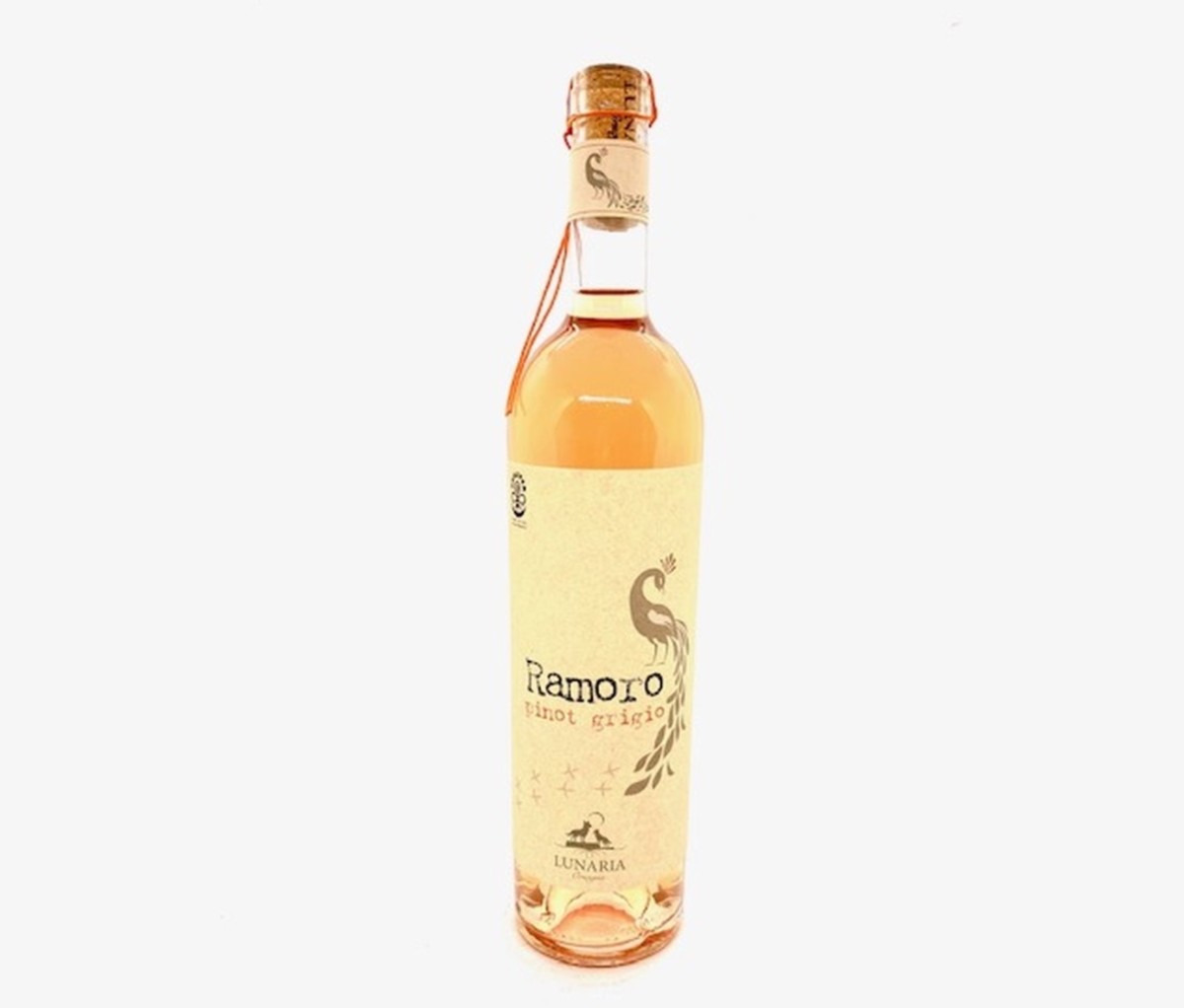
5. Lunaria Ramoro Pinot Grigio
Lunaria is an Italian producer making some stellar entry level organic wines, including this skin-contact pinot grigio that, at $15 a bottle, is a great patio sipper, says Erika Widmann, the beverage director Salt & Time Wine, a natural wine shop in Austin, Texas. (She uses this wine in Salt & Time Café’s Frorange frozen orange wine). Copper in color, the Lunaria Ramoro Pinot Grigio is floral and fruity and it pairs well with grilled seafood and white meats.
[$15; organicwineexchange.com]
Get itfrom Men's Journal https://ift.tt/3lTa2m8



0 comments